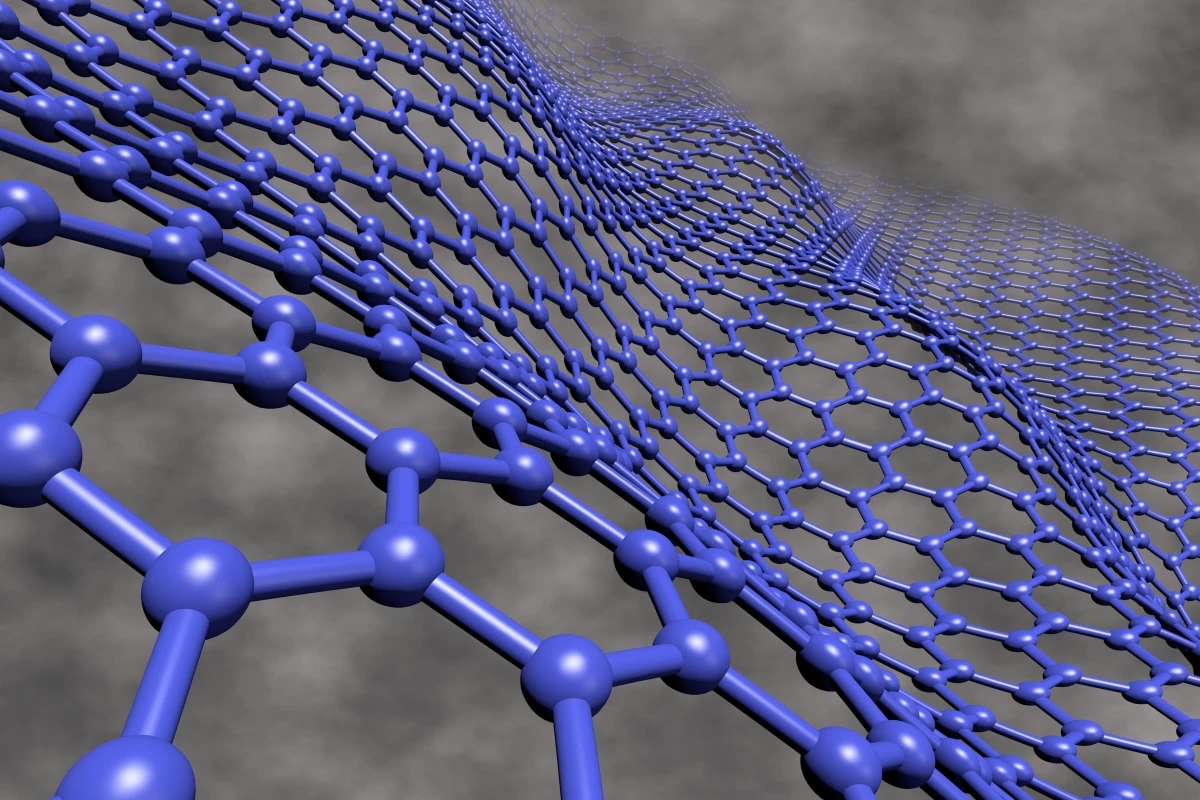Transparent electrodes are in and of themselves nothing all that new – they’re currently used in things like touchscreens and flat-screen TVs. Thanks to research being conducted at Indiana’s Purdue University, however, a new class of such electrodes may soon find use in a variety of other applications, including flexible electronic devices.
Currently, transparent electrodes are made from a material known as indium tin oxide, or ITO. Although it suffices for its job, it’s brittle, cracking and losing functionality if flexed. Additionally, it degrades over time, and is somewhat expensive due to the limited quantities of indium metal.
As an alternative, the Purdue scientists combined graphene with silver nanowires to form a thin, transparent film.
The hybrid nature of the film is important, as either material alone exhibits too much electrical sheet resistance for use in a transparent electrode. Resistance occurs at the boundaries between the different segments that make up a single sheet of graphene, while the jumbled nature in which silver nanowires clump together results in poor contact between them.
In the film, however, the graphene is draped over the nanowires like “a sheet of cellophane over a bowl of noodles.” This gives the nanowires an overlying point of contact with one another, while also minimizing the resistance inherent within the graphene.
As a result, the hybrid material reportedly performs five times better than ITO. Additionally, there’s almost no change in its resistance when bent. When ITO is bent, its resistance increases significantly.
Down the road, it’s hoped that the Purdue electrodes might find their way not only into applications in which ITO is already used, but also into optoelectric circuits and flexible items including solar cells, color computer monitors, heads-up car windshield displays, and Google Glass-type eyeglass displays.
A paper on the research was recently published in the journal Advanced Functional Materials.
Source: Purdue University




